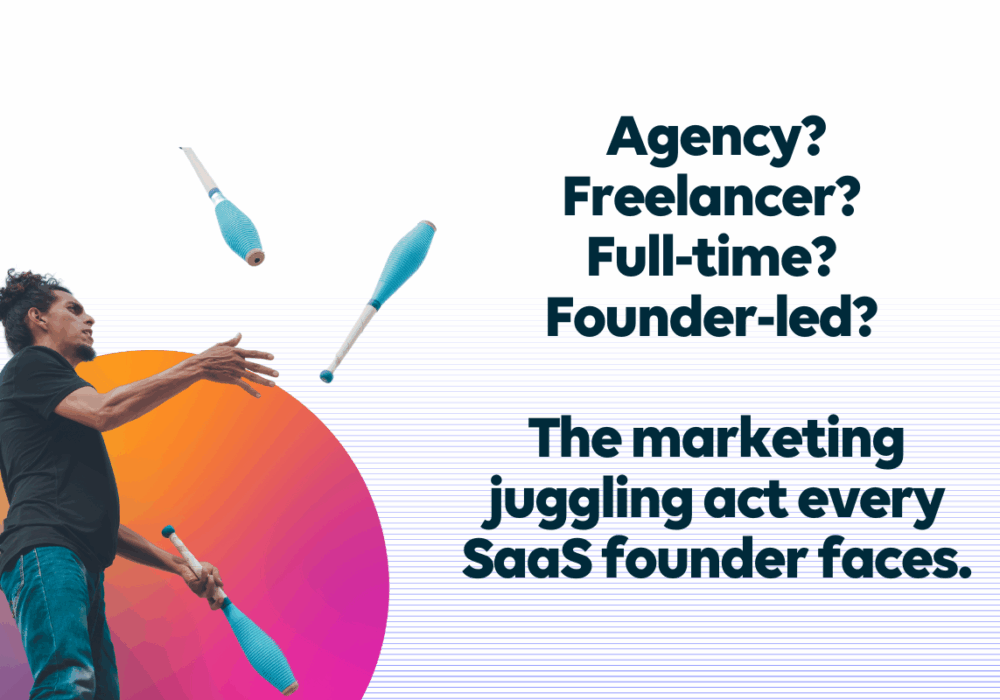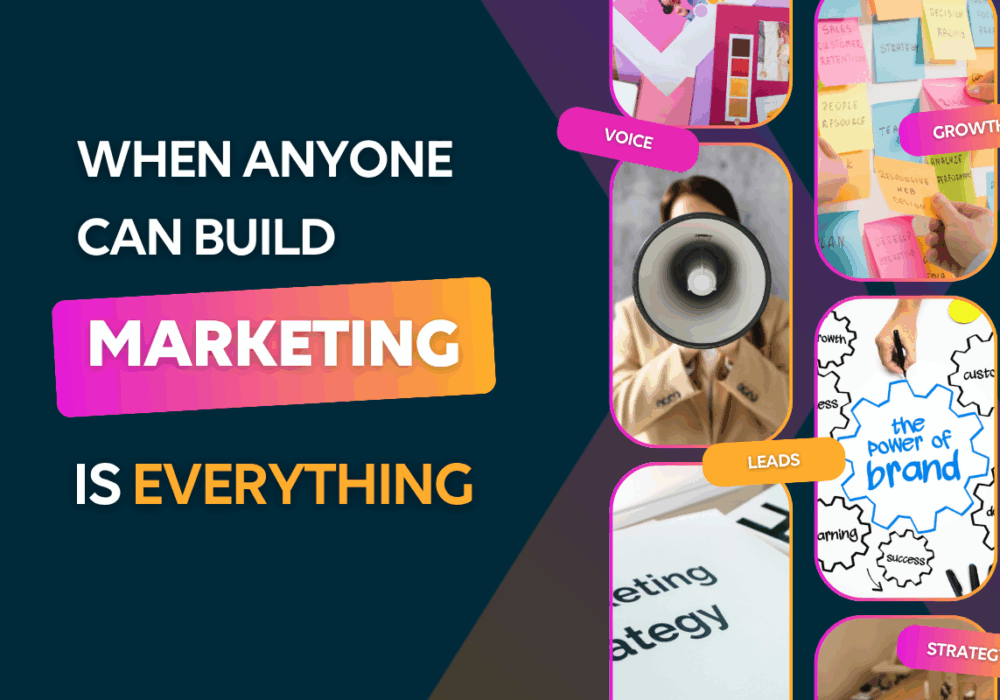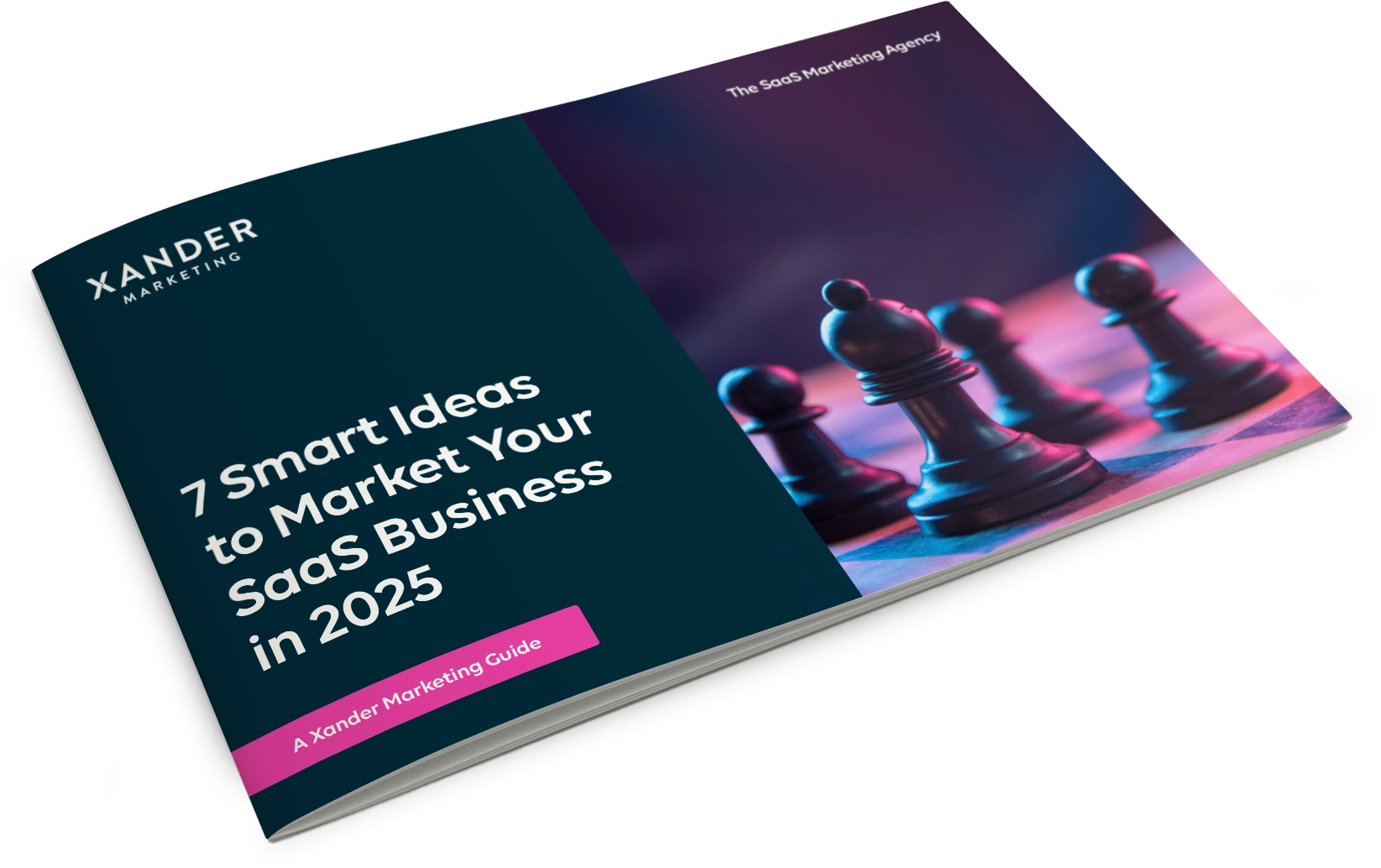4 key marketing takeaways from the biggest names in SaaS
11th February 2022

The impact of SaaS on the world is unmistakable, but what is it about SaaS business models that make them so special? More importantly, what marketing-related lessons can we learn from some of the biggest names in the SaaS space? Let’s take a look and unpack it together.
1. Use data to create the perfect buyer journey
An essential part of piecing together any business is the discovery of what your customer will need, what they will continue to need, and how you can successfully market the perfect user experience that will provide that need. SaaS companies continue to learn what their customers need (and when this changes) by analysing the data made available by customers engaging with their platform.
Just last year, Shopify’s integration with Hydrogen, a React-based framework for building custom storefronts powered by Shopify, came about as a result of data analysis. Shopify took note of their customers’ needs – that commerce requires a fast user experience that is personal and contextual regardless of where a merchant’s customers are – and partnered with Hydrogen in order to bring this need to life.
Hydrogen offers a quickstart environment specifically optimised for commerce by Shopify that will help companies build custom storefronts faster than ever before. Instead of choosing between different technology stacks with varying dynamism, Hydrogen consolidates a variety of technologies that make it easier to build the perfect user experience without foregoing speed and performance.
You may think the perfect buyer journey or user experience is tricky to attain, but actively attempting to learn from the data your customers give you proves that disposition wrong. What’s the lesson here? Improve customer journeys within your business by consistently examining available data to identify and fulfil customers needs. Once you are confidently able to provide those needs, focus your marketing energy on relaying to your customers that you are capable of continuously surpassing their expectations.
2. Pivot your business offering for paid customers
Even the most successful businesses can’t foresee how their relevant industry or target market’s tastes may change, but that doesn’t mean you shouldn’t be able to shape up so that you don’t have to ship out. In other words, a robust business offering is a better business offering. Plus, it’s one of the greatest draw cards you can rely on when it comes to marketing the value proposition of your company. Slack offers a hugely successful case study in light of this lesson.
In 2020, Slack launched Slack Connect as an extension of its shared channels feature – but for paying customers only. Slack Connect offers an alternative to an existing tool like Microsoft Teams, where Slack users can connect with up to 20 different organisations within the same Slack channel. If Slack hadn’t launched this new offering, they would not have had the means to market an improved value proposition to their paying customers.
Multiple business pivots can lead to big breaks, but if you don’t create the conditions for change by allowing your business offering the freedom to be robust, then you may miss out on those unicorn opportunities.
Lesson here? Ensure your company isn’t so stuck in a singular vision that you miss out on new entries into the market that will earn you a greater paying-customer following. More importantly – make sure you’re spreading awareness to all your customers so they’re well-informed of the value you’re adding to your premium plans. This could be done through email campaigns, social media and through the product itself.
3. Keep up by evolving your solutions
The only constant when it comes to the global marketplace is that the market itself is never constant. Dropbox co-founder Drew Houston cemented this when he said, “The problems we need to solve today are not the problems we were solving 10 years ago”. The idea that the services or products you provide will never need to improve is a notion that shouldn’t exist when starting a new business. There will always be room for improvement.
GitLab, for example, has launched a new release on the 22nd of every month for 121 months straight. This shows a clear commitment to endless innovation, but also sets a precedent within the company and to its followers that there will always be something new to look forward to.
From a marketing perspective, this gives the company an endless supply of golden content worth shouting about online. And it’s something that keeps customers on their toes, ergo “I wonder what GitLab will release next?”
Lesson here? No matter how small – build hype around your new product features and consider releasing them in a run streak so customers anticipate new releases at a regular cadence.
Looking for more smart ideas to market your SaaS business in 2022? Download our guide.
4. Product-led growth: provide your tools or services for free
The title here gives this lesson away, but an extraordinary success example of product-led growth at play is a SaaS company like Canva. Canva freely offers a fully-comprehensive design and editing tool with multiple capabilities as a way for users to try the ride before they buy the ticket. In relation to marketing, this forms a solid strategy because it allows potential customers to see that the software they get to experience actually can do what it says it will. In return, this leads to scaled customer conversion.
Making a portion of cloud-based tools or services freely available enables emerging SaaS companies to lead potential customers through the sales process without investing in costly marketing campaigns. It allows them to learn more about your product in their own time and space so that they convince themselves of its value without you needing to spell anything out via a sales route.
The end goal with this marketing strategy is to turn free users into paying users, and Canva highlights the success of this strategy immensely. As of September last year, the company confirmed that they had 500,000 paying customers, which even includes corporate clients like Zoom, Salesforce, and Paypal.
If there’s a lesson here, it’s that innovative SaaS companies require equally innovative marketing strategies. Integrating product-led growth with the marketing strategy of your start-up could just inform your golden route to conversion.
These lessons are merely the beginning of a host of key actions and features that successful SaaS stories can teach us. But if you’re in the SaaS space, try to be mindful of what these four recommendations can mean for the growth and viability of your business, so that you can maximise your marketing efforts. Get your team together and brainstorm fun and engaging ways to get the word out on your products and services. With cloud-based technology, the possibilities are endless.
Plan and execute your ideas with Xander Marketing
Xander Marketing has helped over 200 B2B SaaS businesses grow revenue, sales and leads with innovative ideas since 2009.





